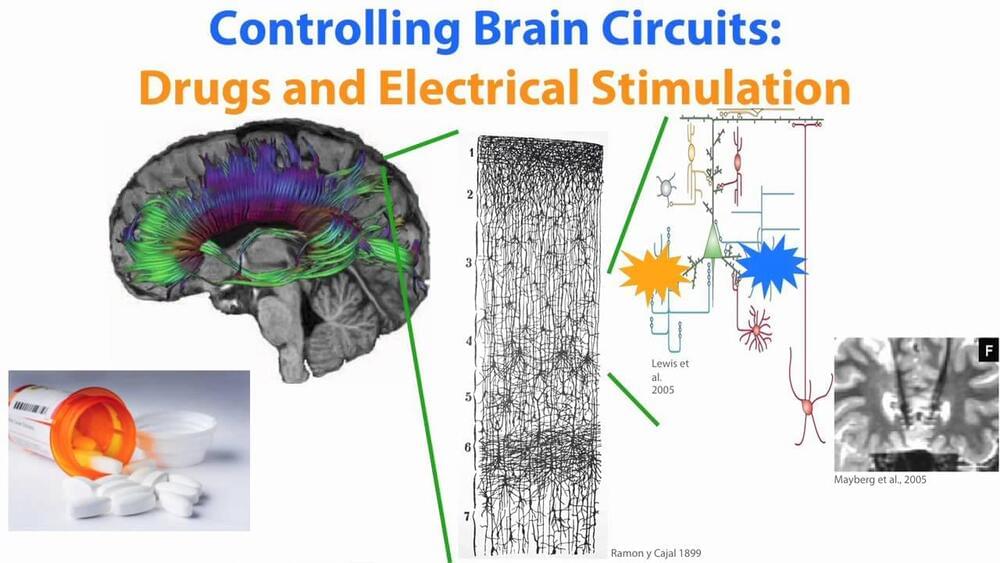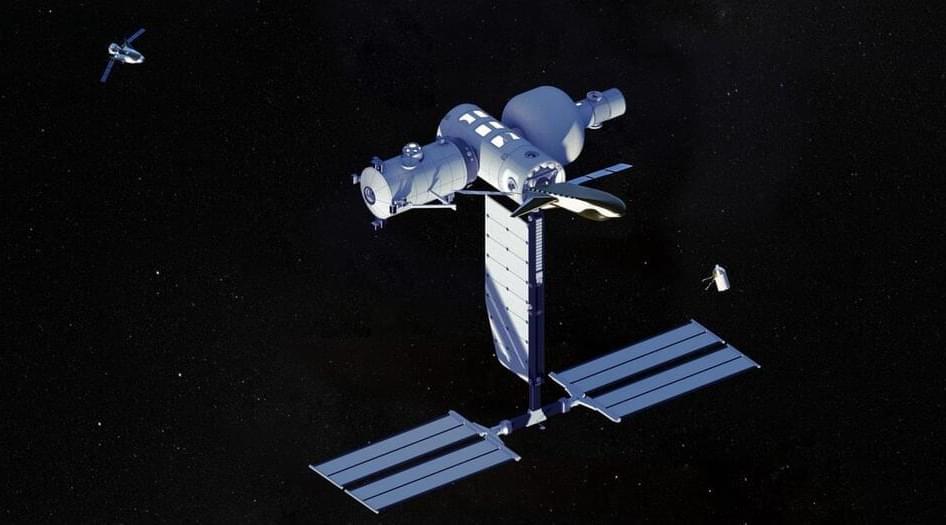Dec 3, 2021
Meta launches PyTorch Live to powered mobile experiences
Posted by Shubham Ghosh Roy in category: robotics/AI
Meta (formerly Facebook) has launched PyTorch Live, a set of tools for developing AI-powered experiences on Android and iOS.
Meta (formerly Facebook) has launched PyTorch Live, a set of tools for developing AI-powered experiences on Android and iOS.
On Friday, Alibaba Cloud announced in a social media post that its DAMO Academy has successfully developed a 3D stacked In-Memory Computing (IMC) chip.
Alibaba Cloud claims this is a breakthrough that can help overcome the von Neumann bottleneck, a limitation on throughput caused by the standard personal computer architecture. It meets the needs of artificial intelligence (AI) and other scenarios for high bandwidth, high capacity memory and extreme computing power. In the specific AI scenario tested by Alibaba, the performance of the chip is improved by more than 10 times.
With the outbreak of AI applications, the shortcomings of the existing computer system architecture are gradually revealed. The main problems are that, on the one hand, processing data brings huge energy consumption. Under the traditional architecture, the power consumption required for data transmission from memory unit to computing unit is about 200 times of that of computing itself, so the real energy consumption and time used for computing are very low.
Some users over on Reddit were shocked by how empathetic they felt to Ameca’s many expressions. “This is actually quite charming,” one user wrote.
But the most common comparison — of course — was to the Terminator.
“Neat!” one Redditor commented. “Is this the Hunter-Killer or Human Infiltration model?”

Paradromics is a company developing brain computer interfaces that will help people with disabilities in communicating again. Their product will be the brain computer interface with the highest data rate ever developed. Will it compete with other companies like Neuralink or Kernel in the race to reading the brain?
0:00 Introduction to Paradromics.
1:45 The Product.
5:57 The Surgery.
7:41 Commercial availability.
Continue reading “A competitor of Elon Musk and NEURALINK? Let’s take a look at PARADROMICS” »

Boyden’s award-winning research has led to tools that can activate or silence neurons with light, enabling the causal assessment of how specific neurons contribute to normal and pathological brain functions.
Continue reading “Ed Boyden on Optogenetics —- selective brain stimulation with light” »
“Alder Lake,” Intel’s family of 12th Generation processors, has arrived—and with it, a new CPU paradigm. Intel’s Core i9-12900K desktop CPU ($589) leads the pack of the company’s 12th Generation processors, and brings with it a whole host of upgrades and innovations to the desktops of now and tomorrow. These tick-ups include support for the new, high-speed DDR5 RAM standard, as well as an upgrade to PCI Express 5.0, on the first new motherboard platform to support the latest chips, the Intel Z690. Intel also worked closely with Microsoft to optimize the new CPUs for Windows 11, adding new scheduling features that intelligently load up the Core i9-12900K depending on which cores are being used where, and for what.
Alder Lake and the Core i9-12900K indeed impress, but our relationship with the CPU…is complicated. For all the outright wins we saw in our benchmarks (and there were many), the added cost of upgrading to yet another new motherboard platform won’t outweigh the win percentages for many shoppers. Intel’s older-yet-still-reliable “Comet Lake” Core i9-10900K kept itself in the race during several benchmarks, while the eight-core, rather cheaper AMD Ryzen 7 5800X ($449 list price, but currently snipe-discounted to $386 on Amazon and Newegg) proves itself a worthy contender on performance-versus-price in PC gaming.
The high cost of a new Z690 motherboard (the cheapest are just under $200, per our Z690 motherboard guide) and DDR5 adoption, along with Intel’s insistence on upgrading your system to Windows 11, are all front-facing considerations for anyone who’s considering 12th Generation Core as their next big desktop upgrade. That—and a not-insignificant problem in which our test platform, and several prebuilt Alder Lake PCs, could not launch certain popular games that use specific DRM—temper Alder Lake with a bit of wait-and-see caution. Our initial Alder Lake takeaway is “Intel’s on the upswing, with some caveats.” But read more about our findings below.
Zindi is all about using AI to solve real-world problems for companies and individuals. And the South Africa-based crowd-solving startup has done that over the last three years they have been in existence.
Just last year a team of data scientists under Zindi used machine learning to improve air quality monitoring in Kampala as another group helped Zimnat, an insurance company in Zimbabwe, predict customer behavior — especially on who was likely to leave and the possible interventions that would make them stay. Zimnat was able to retain its customers by offering custom-made services to those who would have otherwise discontinued.
These are some of the solutions that have been realized to counter the data-centered challenges that companies, NGOs and government institutions submit to Zindi.
These are the buzziest talking points and biggest developments in enterprise automation for the next year.

Blue Origin, Sierra Space, and others plan to build a new private space station in low-Earth orbit.
Blue Origin, Sierra Space, & others plan to build a new private space station in low-Earth orbit. NASA has chosen Orbital Reef for a funded Space Act Agreement.
